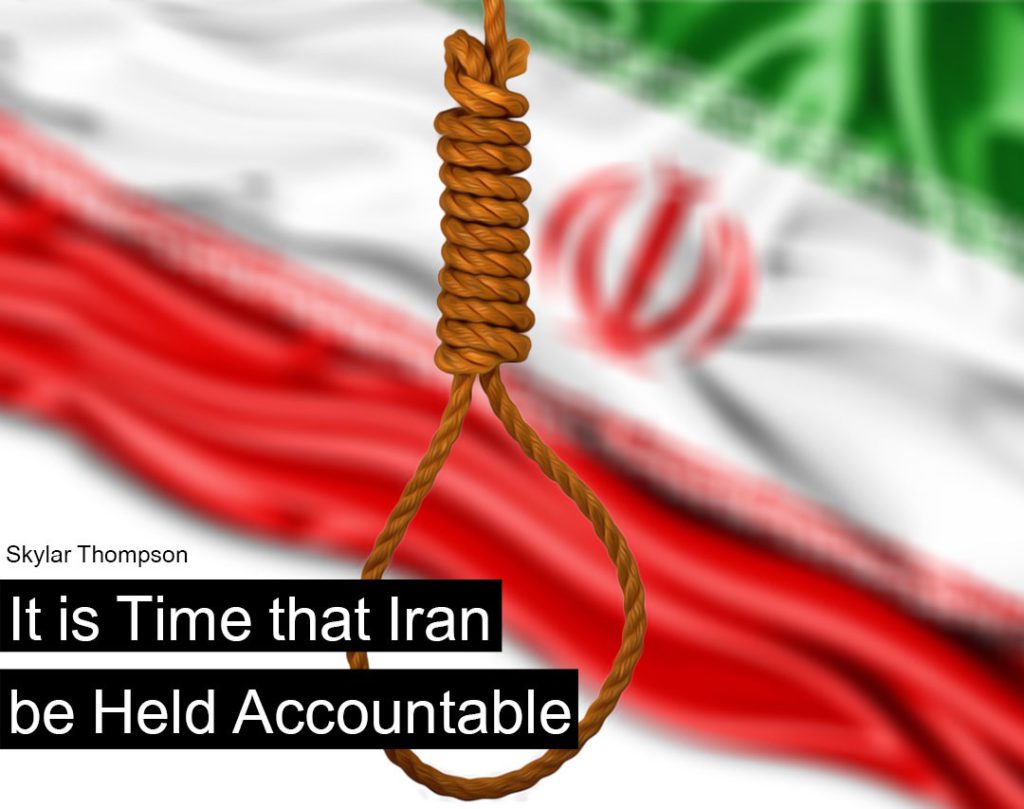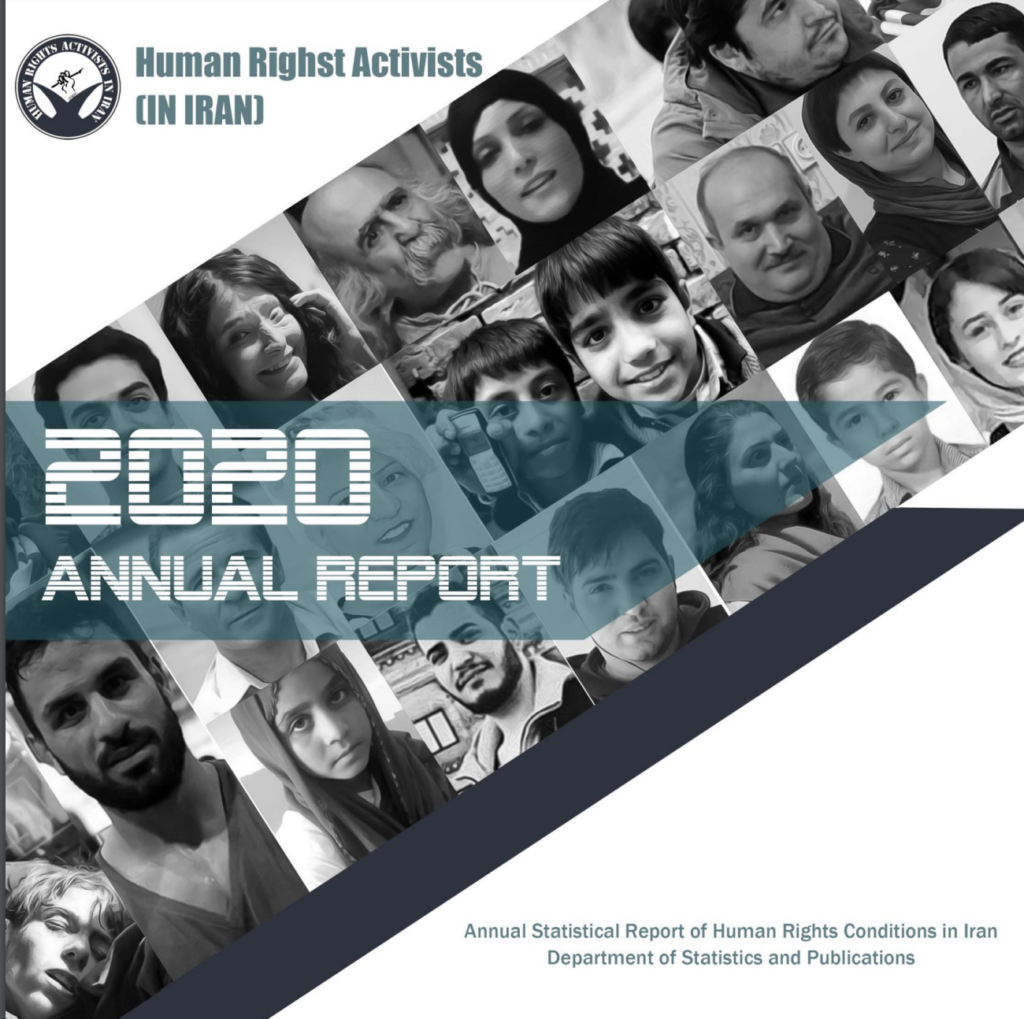Spreading Justice: A database of human rights abusers in Iran
For fifteen years HRA has maintained a victim-centric approach to documenting and reporting on human rights violations in the Islamic Republic of Iran (IRI); The primary focus has been to document rights abuses and highlight the crimes perpetrated against victims. Through the years, while perpetrators have enjoyed widespread impunity, victims have endlessly struggled for justice
On the occasion of the International Day for the Right to the Truth Concerning Gross Human Rights Violations and for the Dignity of Victims, and alongside the adoption of the resolution on the situation of human rights in the IRI at the 46th session of the Human Rights Council, HRA launches Spreading Justice, a database of human rights violators in Iran.
At Tuesday’s closing of the Human Rights Council, organizations, member States, and activists alike called for an end to impunity in Iran. Spreading Justice was created to equip the international community with a tool to work towards holding perpetrators accountable, increasing both social and political pressure, and ending the widespread impunity that is currently enjoyed throughout the country.
The database, housed at www.spreadingjustice.org, includes unique profiles of both individual and institutional violators; those well known as well as those that seemingly fly under the radar.
Who is included in the database?
While all known violators will be included, Spreading Justice is primarily focused on new human rights violations. While many individuals or institutions included in the database have been committing violations for several years, there are oftentimes recent events that have contributed to their place in the database. By placing a focus on recent events, researchers are better positioned to collect, document, and fact-check information on the violations in question.
Along with profiles of individual violators, such as Masoud Safdari, there are also profiles for institutional violators like the Tehran Islamic Revolutionary Court. Profiles of institutional violators are linked to the profiles of affiliated individuals, both individual violators, as well as individual and group victims. This feature aims to aid in establishing connections for research purposes. Similarly, when users click on a victim’s name, they are directed to a list of any violators within the database that may also be affiliated.
While the existing profiles are complete, users are able to aid in the development of profiles by anonymously submitting additional information. Informed users are encouraged to submit both missing information and information on violators not currently included through an anonymous, easy to use and secure form. All information submitted through this form is verified for authenticity before being added to the database. Utilizing a tool created by a German University, users are also able to submit information on a wide array of physical appearance indicators. Facemaker, the tool mentioned above, mocks a virtual drawing of the violator based on user submissions. These submissions are compiled for internal comparative analyses.
HRA researchers have spent countless hours collecting, documenting, and verifying the information within the database. All of the information included has been through a strenuous fact-checking process and is verified for authenticity prior to being added. New profiles will continue to be added to the database in real-time as information is collected and verified.
All of the information, documents, and reports collected on violators are both online and stored internally via PDF. Requests for documents can be made through the Contact Us page.
How are the violators profiled?
Over the years, HRA has learned what information is most necessary for stakeholders when working towards holding violators accountable. The lessons learned were taken into consideration when building out the database. The individual violator profiles, where available, include a photo or photos of the violator, evidentiary documents (including witness or victim testimony and/or relevant multimedia), verified articles written by reputable media outlets that have mentioned the violator by name, and a detailed legal review written by Brian Currin, a leading expert in international human rights. One can also find information on work history, current residency, travel history, and educational background.
The profiles include basic information such as full name and any alternative spellings, date of birth, place of birth, and any current institutional affiliation. If a violator has known family members, such as a spouse or child, they are listed by name. Additionally, there is information on physical appearance including, eye color, hair color, height, and weight. Certain aspects of the basic and physical information are categorized into one of three levels of certainty: exact, partial, and approximated. Information categorized as exact is verified and precise. Partial is listed when some part of the information provided is unknown at the time of writing. The approximation category is used when HRA researchers have used approximating techniques with available information to offer a range. Institutional Violators are profiled similarly. Users also have the ability to toggle between both unit and date conversions.
Violators are tagged and searchable by documented victims, identified rights violations, and any relevant institutional affiliation. All of the profiles are available in a downloadable PDF format. Download links are located at the bottom of all violator profiles alongside a form to submit any missing information.
How does one use the database?
Spreading Justice is available in both English and Farsi. Users can search the database utilizing a variety of tagged violation indicators including torture, the right to life, labor rights, women’s rights, social rights, prisoner’s rights, the right to peaceful assembly, freedom of expression and thought, and more. These searches enable those focused on specific violation types to filter. One can also search tags by institutional affiliation such as the Tehran Islamic Revolutionary Court or the Iranian Cyber Police among others. The database is also searchable by victim name to assist lawyers or researchers working on specific cases. There is additionally an option to search by keyword. Users can find the main search tool on theSpreading Justice homepage.
Not simply a database
Spreading Justice is not simply a database, it also offers resources on Iranian power structures and judicial systems, unique reports and analyses on human rights violators in Iran, as well as statistical overviews including a breakdown of the situation of human rights in Iran by province and violation type.
Similarly to the profiles, all of the information found at spreadingjustice.org including statistics, resources, and reports will be updated regularly.
HRA encourages readers to share the Spreading justice database with their networks. For any additional information on Spreading Justice please contact Skylar Thompson, HRA Senior Advocacy Coordinator at [email protected]



